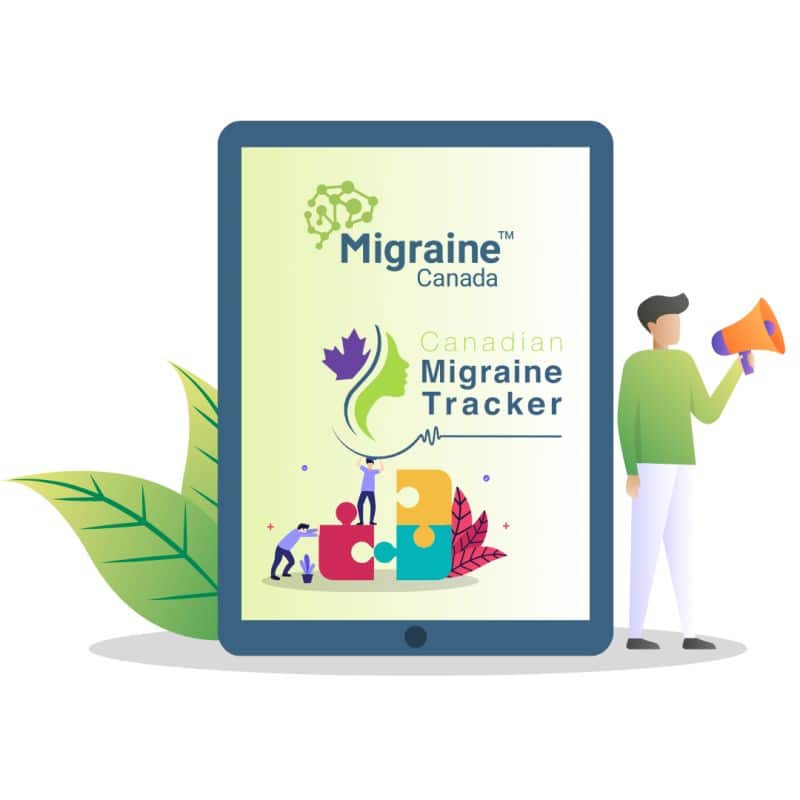What is Abdominal Migraine?
Abdominal migraine is a childhood migraine variant, commonly affecting school-aged children between 4 and 7 years old (see our post on Early Life Expressions of Migraine). It manifests as recurrent episodes of moderate to severe abdominal pain. A significant number of patients report a family history of migraine. Abdominal migraine is more prevalent in girls and can also occur in adults. It is one of the most frequently diagnosed migraine variants.
This comprehensive guide explores the diagnosis, causes, common triggers, and treatments for abdominal migraine, providing valuable insights for parents, caregivers, and healthcare providers. Learn how to identify worrisome symptoms, manage the condition effectively, and understand the long-term prognosis for children diagnosed with abdominal migraine.
Diagnosis of Abdominal Migraine
Abdominal migraine is diagnosed based on the following criteria:
- Recurrent attacks of moderate to severe abdominal pain lasting from 2 hours to 3 days.
- Pain is often dull or occasional and localized around the navel or mid-abdomen.
- Accompanying symptoms may include nausea, vomiting, pallor, or loss of appetite.
- The patient feels normal between episodes.
It is essential to exclude other potential causes for these symptoms, often requiring a gastroenterology evaluation.
Worrisome Symptoms to Watch For
Seek medical attention if the following symptoms are observed:
- Change in weight or growth pattern
- Unexplained fever or rashes
- Pain radiating to the back
- Greenish vomitus
- Blood in stools
- Diarrhea lasting more than 2 weeks
- Mouth ulcers
- Painful or difficulty swallowing
- Joint pain and swelling
- Enlarged liver
- Difficulty urinating
- Family history of inflammatory bowel disease
Causes of Abdominal Migraine
The brain and gut share several biological mechanisms, such as serotonin and CGRP, which play crucial roles in both systems. Immune factors may also contribute. Migraine attacks can be triggered by stressors, and abdominal attacks might be a similar reaction originating in the gut. Ongoing research continues to explore these mechanisms.
Available Treatments for Abdominal Migraine
There is limited evidence regarding the treatment of abdominal migraine. However, the STRESS mnemonic can help manage the condition:
- S: Stress management
- T: Travel tips to avoid triggers
- R: Rest, which is crucial for treatment
- E: Emergency signs like fever, weight loss, pain that awakens the child, and difficulty swallowing require urgent evaluation.
- S: Sparkling lights can trigger episodes, similar to migraine with aura.
- S: Healthy snacks are essential as fasting can trigger episodes; some foods like processed meats, glutamate, and caffeine might also be triggers.
Patients should consult their family doctor to discuss potential treatments, such as nasal spray migraine medications (e.g., Sumatriptan). Preventive treatments like Pizotifen and Flunarizine may be considered for frequent, prolonged, and disabling attacks.
Prognosis: Will This Condition Last Forever?
While abdominal migraine may persist into later years, about 60% of patients report symptom resolution during their teenage years or early adulthood. Approximately 70% of patients may develop migraine headaches in the future.
References
- Gelfand A. Episodic syndromes of childhood associated with migraine. Current Opinion Neurology. 2018;31:281-285.
- Lagman-Bartolome AM, Lay C. Pediatric Migraine Variants: A review of epidemiology, diagnosis, treatment, and outcome. Current Neurology and Neuroscience. 2015;12:1-14.
Post #603



